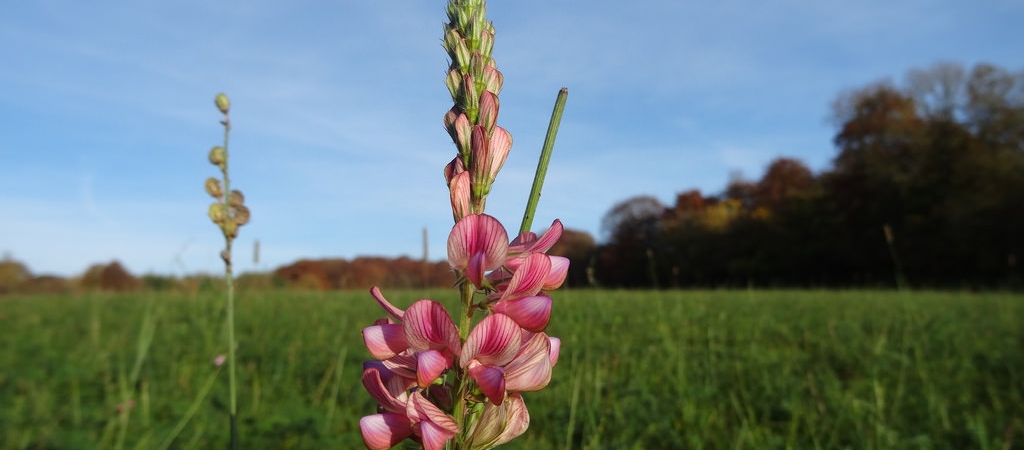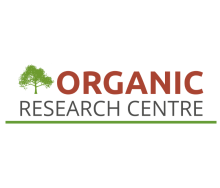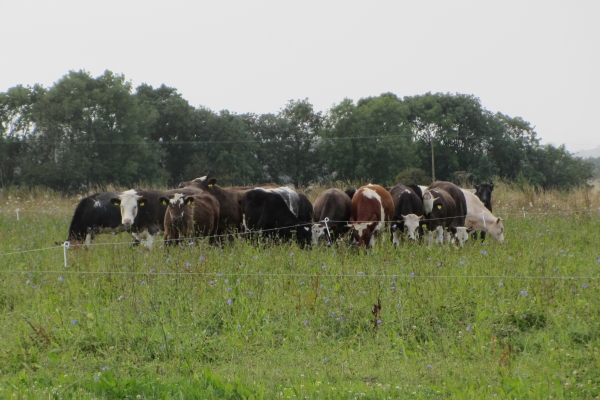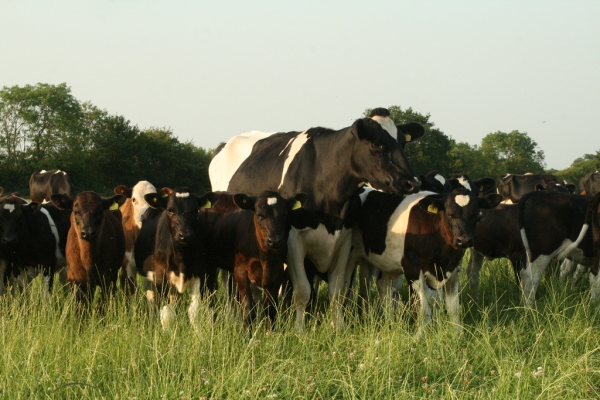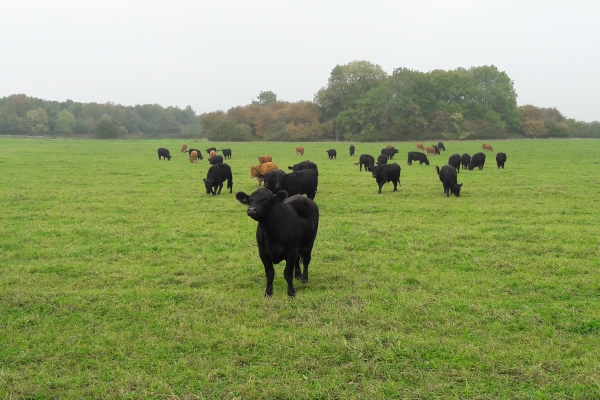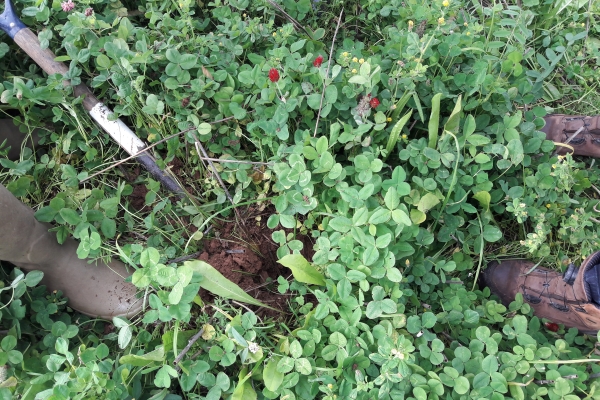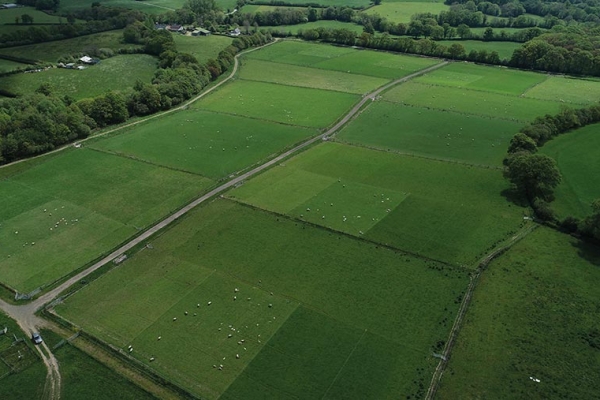Use of diverse swards and ‘mob grazing’ for forage production
SOLID Farmer Handbook: Technical Note 3
Resource explained
The feeding and nutrition of dairy cows is one of the most important factors in efficient dairy production (effecting overall animal performance, health and welfare). Within organic and low-input systems this is particularly challenging, as there are fewer options for feed and forage purchases to balance rations.
This technical note, produced as part of the SOLID project, examines the potential benefits of growing diverse swards for low-input and organic dairy systems. It looks at the commercial value and gives some tips on designing a diverse mixture. It also reviews the claimed benefits of the grazing system known as ‘mob grazing’ in relation to impacts on dairy cow productivity and soil organic matter. The note draws on evidence completed within the Legume LINK project, farmer experience with diverse swards, and a farm case study of mob grazing.
Findings & recommendations
- Legumes and herbs have potential to improve mineral and protein content in grass swards for cattle.
- The mineral content of a diverse pasture is influenced by soil trace element status, plant variety and soil pH.
- It can be challenging to establish and maintain herbs in a diverse ley; growing herb strips is an alternative.
- It is possible to grow high yielding diverse pastures of good quality as a viable alternative to conventional grass/clover pastures.
- When designing a diverse ley mix for high agronomic productivity, it is good to include at least two common legumes. Mixtures also containing lucerne, red clover and black medic have been found to have the best performance and resilience.
- Soil organic matter (SOM) build-up is influenced by the way in which a sward is managed and the plant species in the sward.
- ‘Mob grazing’ can be effective in helping to increase SOM. The farm case study described operates a high stocking density and 30 – 50 day rotational grazing of diverse pastures. It reports significant SOM build-up. However, more research in this area is needed.
This technical note is number 3 in the SOLID Farmer Handbook.
Find out more about the SOLID project here.
